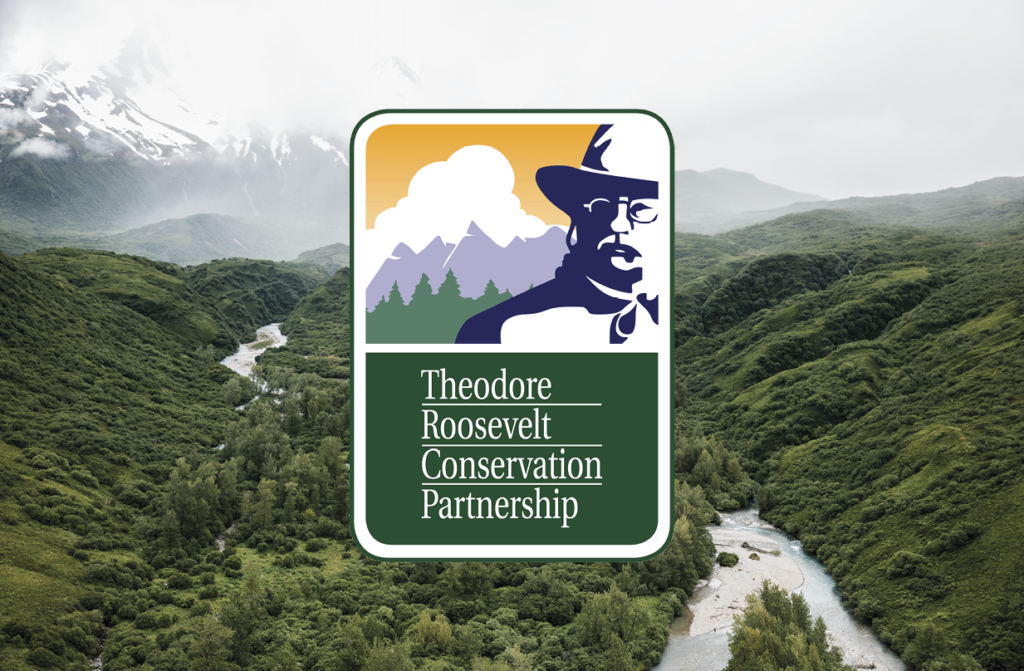How Cover Crops Benefit Fish, Wildlife, and Farmers

One Farm Bill conservation program helps landowners think bigger than food plots
We all know that food plots help provide food and cover to our favorite game, but cover crops are different—they are legumes, grasses, grains, and root vegetables that are typically planted after row crops like corn and soybeans are harvested. Like food plots on a much larger scale, the benefits of cover crops to soil, water, and wildlife are significant.
Some benefits are obvious to farmers: If cover crops are not planted, a field might be left bare for up to seven months while waiting for the next row crop planting. And, as our nation learned during the days of the Dust Bowl, that bare soil is vulnerable to erosion caused by wind, rain, and snowmelt.
Losing healthy soil, even incrementally, is bad for business, like losing pennies on every dollar. And the problem worsens—both for landowners and for fish and wildlife habitat—when more than just soil runs off the farm in a rainstorm. Large amounts of nitrogen fertilizer end up in our rivers, lakes, and streams, causing catastrophic algal blooms that can keep you from being able to fish.
This is why one of the most popular features of the Farm Bill’s Environmental Quality Incentive Program is its incentives for landowners and farmers to incorporate cover crops into their planting rotation.
While cover crops improve farm fields and our favorite lakes and streams, they can also serve as prime habitat for a variety of our favorite critters. And farmers’ interest in cover crops is on the rise, because integrating soil health practices can help combat climate change by capturing more carbon.
Here are four standout cover crops and how they benefit fish and wildlife.
Walleyes, Bass, and Everything in Between
Algal blooms caused by nutrient pollution can put a damper on summertime fishing by limiting access and shortening seasons. From the Gulf of Mexico to Utah Lake, the Ohio River, and Vermont’s Lake Carmi, fish and anglers would benefit from the increased use of cover crops—like clover, radishes, winter wheat, and rye—that slow the incremental loss of nutrient-rich topsoil.
Deer
As our friends at QDMA can attest, radishes can make great food plots for whitetails. Deer are attracted to them during the fall and especially during late season when other foods are typically scarce. During the winter months, the large tap root can provide much needed energy to those post-rut bucks. The tap root also serves as a natural tiller as it drills down and breaks up compacted soil, reducing the need for a field to be heavily tilled before the primary crop is planted.
Turkeys
In the spring, clover and alfalfa are great sources of protein for wild turkeys, and they attract some of the bird’s favorite insects to help draw gobblers out of the hardwoods. In the late season, turkeys will appreciate the hearty meal provided by grains like winter wheat, that also help prevent soil erosion between planting seasons.
Upland Birds
For pheasants and quail, various cover crops like clovers, rye, and brassicas can provide some nesting and brood-rearing habitat so long as they are not tilled or sprayed during the nesting/brood rearing season. Cover crops that mature in late summer and early fall as the commodity crop is growing, will also provide both forage and bugs into fall after the crop is harvested.
SHARE ON
You may also like
The role corn plays for gamebirds and economies ac...
Sportsmen’s conservation policy issues from publ...
Sportsmen’s conservation policy issues from publ...


























